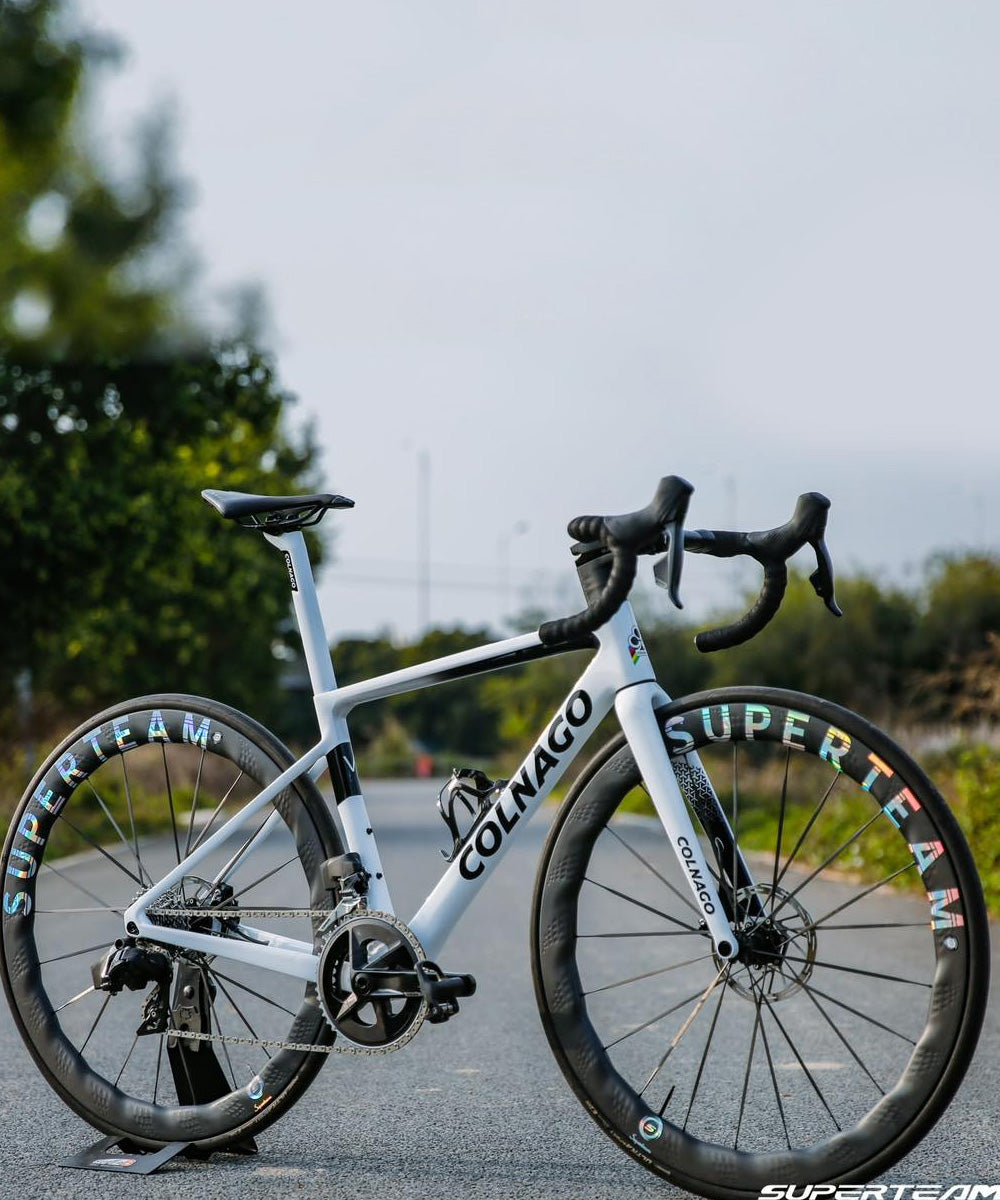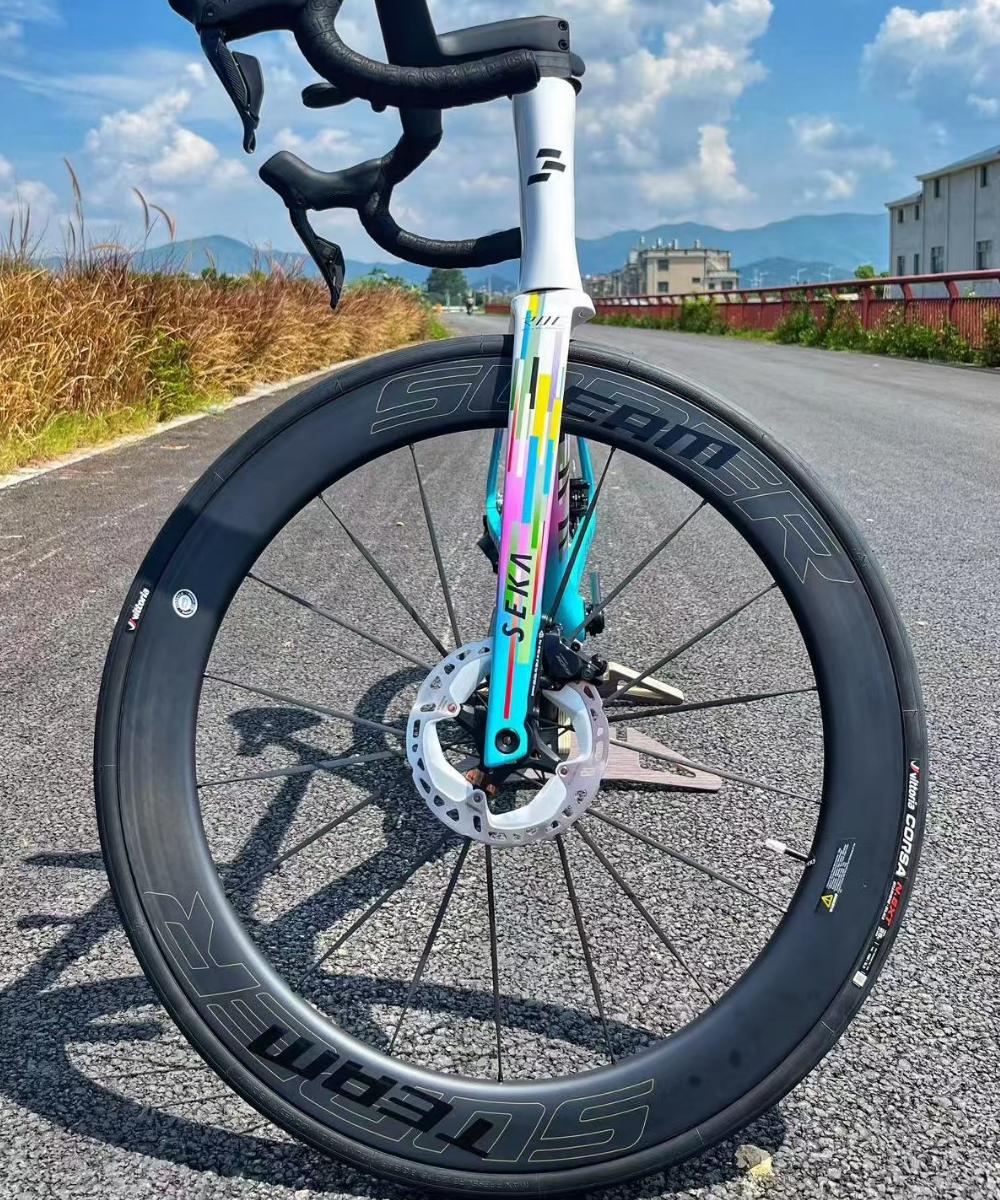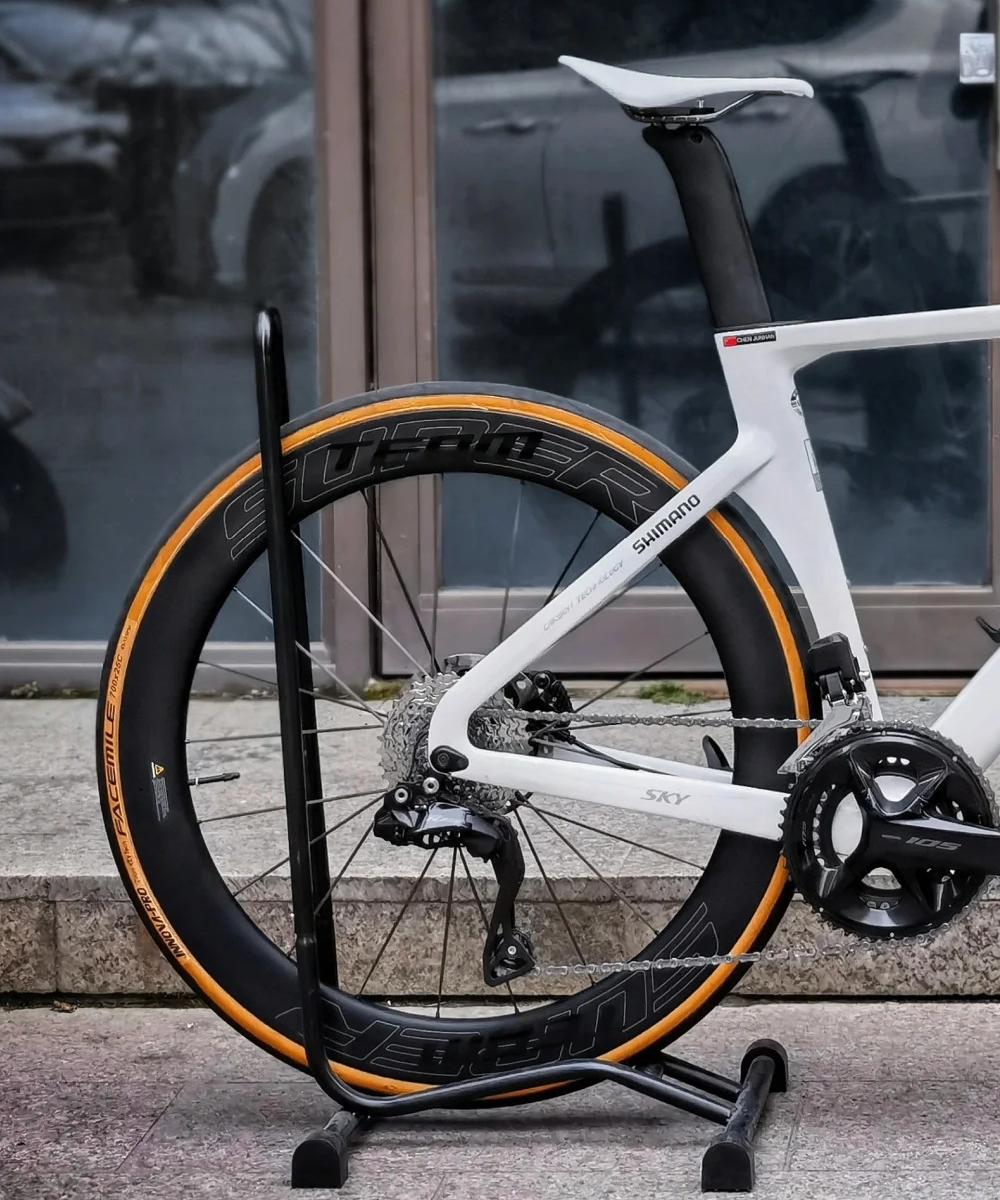Road vs Gravel Bikes: What’s the Difference and Which Suits You?
As cycling continues to grow in popularity, more riders are torn between two fast-rising stars of the bike world: road bikes and gravel bikes. On the surface, they might look similar—with drop bars, slim tires, and performance geometry—but their riding styles and intended terrain are quite different.
In this guide, we’ll break down the key differences between road and gravel bikes, and help you choose which one better suits your riding style and goals.
1. Purpose and Terrain
Road Bikes:
Designed for speed and efficiency on smooth pavement, road bikes excel in racing, fitness riding, and long-distance asphalt cruising. They prioritize aerodynamics and low weight for maximum speed.
Gravel Bikes:
Made to tackle mixed terrain—from pavement to dirt roads, gravel tracks, and even mild singletrack—gravel bikes offer versatility and comfort. They're ideal for adventure riding, bikepacking, or commuters navigating rougher routes.
2. Frame Geometry and Riding Position
Road Bikes: Aggressive geometry. The rider leans forward in an aerodynamic position. Perfect for fast group rides and racing.
Gravel Bikes: More relaxed geometry with a slightly longer wheelbase. This means a more upright, stable ride that’s comfortable for hours on unpredictable terrain.
Key takeaway: If you prioritize speed, go road. If comfort and stability matter more, consider gravel.
3. Tire Clearance and Size
Road Bikes: Typically accommodate tires between 23mm–30mm wide. Less rolling resistance, but less comfort on rough surfaces.
Gravel Bikes: Designed for wider tires—35mm to 50mm+. The extra volume helps with grip, comfort, and control on gravel or dirt.
Pro tip: Wider tires = lower pressure = better traction and fewer flats on rough terrain.
4. Gearing Differences
Road Bikes: Geared for high-speed efficiency, usually with tighter gear ratios (like 52/36 or 50/34 chainrings).
Gravel Bikes: Feature wider gearing (like 46/30 or even single chainrings) to handle steep climbs and uneven terrain.
This makes gravel bikes more adaptable in varied elevation and trail conditions.
5. Mounts and Accessories
Road Bikes: Minimal mounts—focus on speed over storage.
Gravel Bikes: Built for adventure. Often come with mounts for racks, fenders, top tube bags, and multiple bottle cages. Ideal for long rides or bikepacking.
6. Comfort and Suspension Options
Gravel bikes often include added comfort features:
Flared drop bars for better control
Suspension seatposts or front micro-suspension systems
More compliant frames or fork designs
Road bikes stay rigid and efficient for speed.
7. Which One Should You Choose?
|
Your Priority |
Best Choice |
|
Speed on pavement |
✅ Road Bike |
|
Long-distance adventures |
✅ Gravel Bike |
|
Racing or fast group rides |
✅ Road Bike |
|
Commuting on mixed terrain |
✅ Gravel Bike |
|
Bikepacking or off-road exploring |
✅ Gravel Bike |
|
Lightweight performance |
✅ Road Bike |
Conclusion: Pick the Right Tool for Your Ride
Whether you're drawn to the speed and precision of road cycling or the freedom and versatility of gravel riding, the right bike depends on where and how you ride.
If you mostly stick to pavement and love going fast, a road bike is your ally. But if you crave exploration and ride beyond the pavement, a gravel bike opens up a world of routes and possibilities.
Whichever you choose—just make sure it’s the bike that fits your lifestyle, terrain, and passion.
Looking for carbon wheelsets that suit both road and gravel bikes? Check out our lightweight, tubeless-ready options built for speed and durability.




